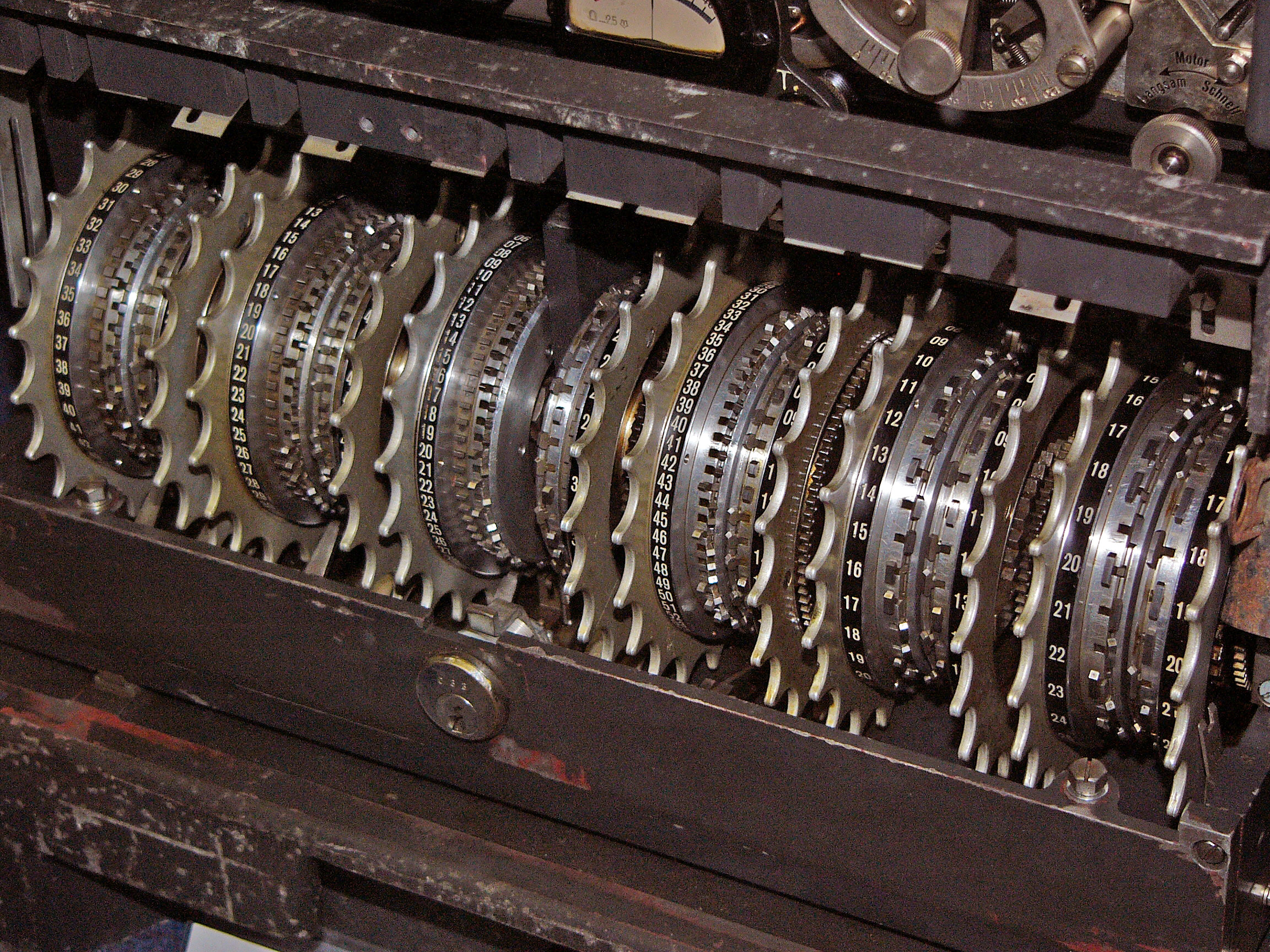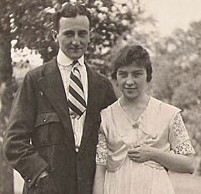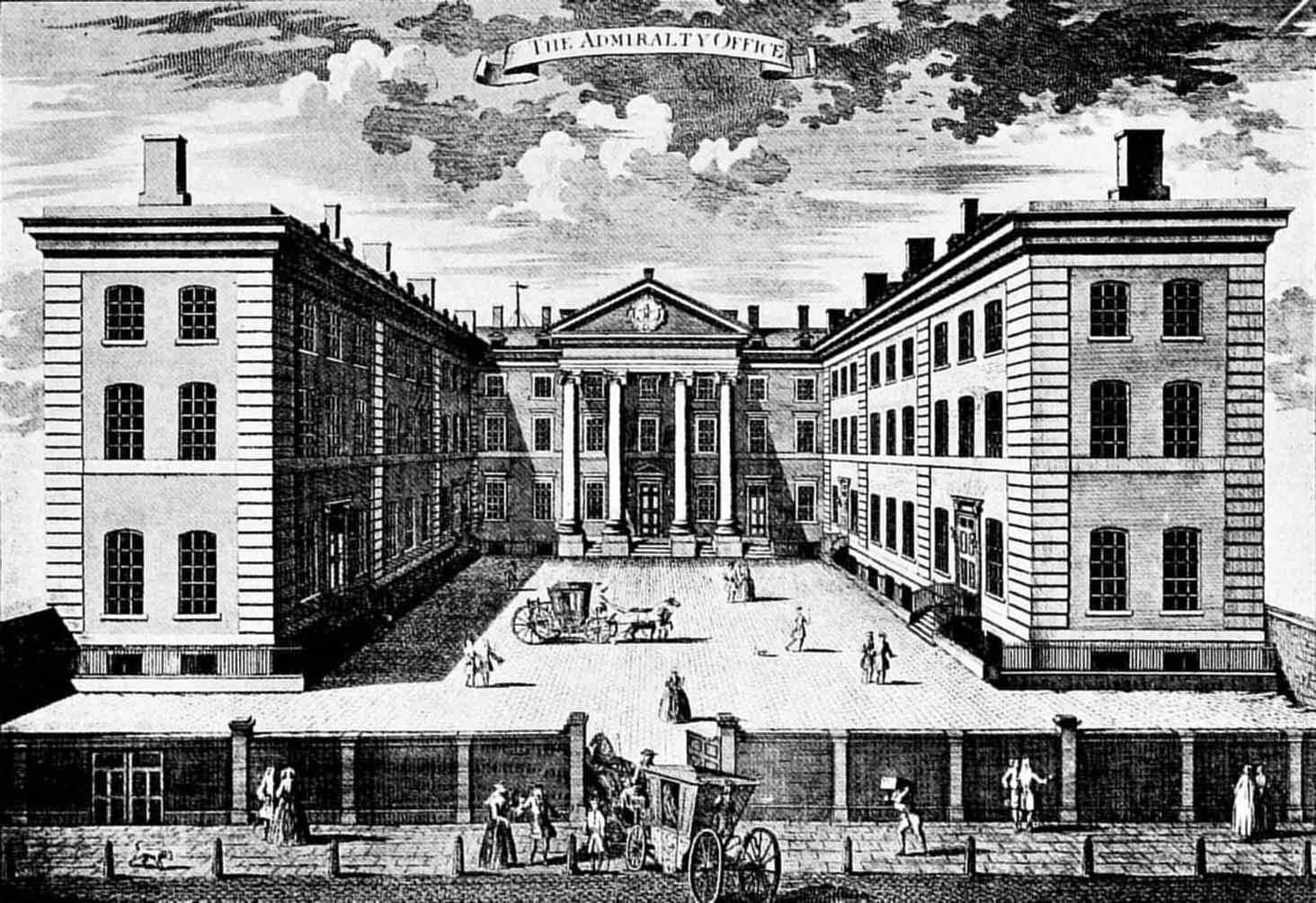|
John Tiltman
Brigadier John Hessell Tiltman, (25 May 1894 – 10 August 1982) was a British Army officer who worked in intelligence, often at or with the Government Code and Cypher School (GC&CS) starting in the 1920s. His intelligence work was largely connected with cryptography, and he showed exceptional skill at cryptanalysis. His work in association with Bill Tutte on the cryptanalysis of the Lorenz cipher, the German teleprinter cipher, called " Tunny" (for tunafish) at Bletchley Park, led to breakthroughs in attack methods on the code, without a computer. It was to exploit those methods, at extremely high speed with great reliability, that Colossus, the first digital programmable electronic computer, was designed and built. Biography Tiltman's parents were from Scotland, though he was born in London. He joined the British Army in 1914, and saw service at the front during World War I with the King's Own Scottish Borderers. He was wounded in France, and won the Military Cross for bravery ... [...More Info...] [...Related Items...] OR: [Wikipedia] [Google] [Baidu] |
Cryptanalysis
Cryptanalysis (from the Greek ''kryptós'', "hidden", and ''analýein'', "to analyze") refers to the process of analyzing information systems in order to understand hidden aspects of the systems. Cryptanalysis is used to breach cryptographic security systems and gain access to the contents of encrypted messages, even if the cryptographic key is unknown. In addition to mathematical analysis of cryptographic algorithms, cryptanalysis includes the study of side-channel attacks that do not target weaknesses in the cryptographic algorithms themselves, but instead exploit weaknesses in their implementation. Even though the goal has been the same, the methods and techniques of cryptanalysis have changed drastically through the history of cryptography, adapting to increasing cryptographic complexity, ranging from the pen-and-paper methods of the past, through machines like the British Bombes and Colossus computers at Bletchley Park in World War II, to the mathematically advanced comput ... [...More Info...] [...Related Items...] OR: [Wikipedia] [Google] [Baidu] |
Bill Tutte
William Thomas Tutte OC FRS FRSC (; 14 May 1917 – 2 May 2002) was an English and Canadian codebreaker and mathematician. During the Second World War, he made a brilliant and fundamental advance in cryptanalysis of the Lorenz cipher, a major Nazi German cipher system which was used for top-secret communications within the Wehrmacht High Command. The high-level, strategic nature of the intelligence obtained from Tutte's crucial breakthrough, in the bulk decrypting of Lorenz-enciphered messages specifically, contributed greatly, and perhaps even decisively, to the defeat of Nazi Germany. He also had a number of significant mathematical accomplishments, including foundation work in the fields of graph theory and matroid theory. Tutte's research in the field of graph theory proved to be of remarkable importance. At a time when graph theory was still a primitive subject, Tutte commenced the study of matroids and developed them into a theory by expanding from the work that Hassler ... [...More Info...] [...Related Items...] OR: [Wikipedia] [Google] [Baidu] |
Voynich Manuscript
The Voynich manuscript is an illustrated codex hand-written in an otherwise unknown writing system, referred to as 'Voynichese'. The vellum on which it is written has been carbon-dated to the early 15th century (1404–1438), and stylistic analysis indicates it may have been composed in Italy during the Italian Renaissance. The origins, authorship, and purpose of the manuscript are debated. Various hypotheses have been suggested, including that it is an otherwise unrecorded script for a natural language or constructed language; an unread code, cypher, or other form of cryptography; or simply a meaningless hoax. The manuscript currently consists of around 240 pages, but there is evidence that additional pages are missing. Some pages are foldable sheets of varying size. Most of the pages have fantastical illustrations or diagrams, some crudely coloured, with sections of the manuscript showing people, fictitious plants, astrological symbols, etc. The text is written from left to r ... [...More Info...] [...Related Items...] OR: [Wikipedia] [Google] [Baidu] |
William Friedman
William Frederick Friedman (September 24, 1891 – November 12, 1969) was a US Army cryptographer who ran the research division of the Army's Signal Intelligence Service (SIS) in the 1930s, and parts of its follow-on services into the 1950s. In 1940, subordinates of his led by Frank Rowlett broke Japan's PURPLE cipher, thus disclosing Japanese diplomatic secrets before America's entrance into World War II. Early life Friedman was born Wolf Friedman ( yi, װאָלףֿ פֿרידמאַן, russian: Вольф Ф. Фридман), in Chişinău, Bessarabia, the son of Frederick Friedman, a Jew from Bucharest who worked as a translator and linguist for the Russian Postal Service, and the daughter of a well-to-do wine merchant. Friedman's family fled Russia in 1892 to escape the virulent anti-Semitism there, ending up in Pittsburgh, Pennsylvania. Three years later, his first name was changed to William. As a child, Friedman was introduced to cryptography in the short story "The ... [...More Info...] [...Related Items...] OR: [Wikipedia] [Google] [Baidu] |
United States Army Security Agency
The United States Army Security Agency (ASA) was the United States Army's signals intelligence branch from 1945 to 1976. The Latin motto of the Army Security Agency was ''Semper Vigiles'' (Vigilant Always), which echoes the declaration, often mistakenly attributed to Thomas Jefferson, that " The price of liberty is eternal vigilance." Although most ASA units focused upon SIGINT (signals intelligence) most if not all ASA units contained HUMINT (human intelligence) specialists as well, mostly interrogators and counter-intelligence specialists. At the end of the Cold War era, some ASA units also were staffed with ELINT (electronic intelligence) specialists and warrant officers, which incorporated field ECM (electronic counter-measures and field ECCM (electronic counter-countermeasures) such as tactical jammers, direction finders, electronic signal decoys, and captured/repurposed Warsaw Pact radio and communications equipment. The Agency existed between 1945 and 1977 and was the ... [...More Info...] [...Related Items...] OR: [Wikipedia] [Google] [Baidu] |
Government Communications Headquarters
Government Communications Headquarters, commonly known as GCHQ, is an intelligence and security organisation responsible for providing signals intelligence (SIGINT) and information assurance (IA) to the government and armed forces of the United Kingdom. Primarily based at "The Doughnut" in the suburbs of Cheltenham, GCHQ is the responsibility of the country's Secretary of State for Foreign and Commonwealth Affairs (Foreign Secretary), but it is not a part of the Foreign Office and its Director ranks as a Permanent Secretary. GCHQ was originally established after the First World War as the Government Code and Cypher School (GC&CS) and was known under that name until 1946. During the Second World War it was located at Bletchley Park, where it was responsible for breaking the German Enigma codes. There are two main components of the GCHQ, the Composite Signals Organisation (CSO), which is responsible for gathering information, and the National Cyber Security Centre (NCSC), ... [...More Info...] [...Related Items...] OR: [Wikipedia] [Google] [Baidu] |
Central Security Service
The Central Security Service (CSS) is a combat support agency of the United States Department of Defense which was established in 1972 to integrate the National Security Agency (NSA) and the Service Cryptologic Components (SCC) of the United States Armed Forces in the field of signals intelligence, cryptology, and information assurance at the tactical level.Central Security Service insignia NSA/CSS website In 2002, the CSS had approximately 25,000 uniformed members. FAS.org It is part of the |
National Security Agency
The National Security Agency (NSA) is a national-level intelligence agency of the United States Department of Defense, under the authority of the Director of National Intelligence (DNI). The NSA is responsible for global monitoring, collection, and processing of information and data for foreign and domestic intelligence and counterintelligence purposes, specializing in a discipline known as signals intelligence (SIGINT). The NSA is also tasked with the protection of U.S. communications networks and information systems. The NSA relies on a variety of measures to accomplish its mission, the majority of which are clandestine. The existence of the NSA was not revealed until 1975. The NSA has roughly 32,000 employees. Originating as a unit to decipher coded communications in World War II, it was officially formed as the NSA by President Harry S. Truman in 1952. Between then and the end of the Cold War, it became the largest of the U.S. intelligence organizations in terms of pers ... [...More Info...] [...Related Items...] OR: [Wikipedia] [Google] [Baidu] |
British Indian Army
The British Indian Army, commonly referred to as the Indian Army, was the main military of the British Raj before its dissolution in 1947. It was responsible for the defence of the British Indian Empire, including the princely states, which could also have their own armies. As quoted in the Imperial Gazetteer of India, "The British Government has undertaken to protect the dominions of the Native princes from invasion and even from rebellion within: its army is organized for the defence not merely of British India, but of all possessions under the suzerainty of the King-Emperor." The Indian Army was an important part of the British Empire's forces, both in India and abroad, particularly during the First World War and the Second World War. The term ''Indian Army'' appears to have been first used informally, as a collective description of the Presidency armies, which collectively comprised the Bengal Army, the Madras Army and the Bombay Army, of the Presidencies of British India ... [...More Info...] [...Related Items...] OR: [Wikipedia] [Google] [Baidu] |
Room 40
Room 40, also known as 40 O.B. (old building; officially part of NID25), was the cryptanalysis section of the British Admiralty during the First World War. The group, which was formed in October 1914, began when Rear-Admiral Henry Oliver, the Director of Naval Intelligence, gave intercepts from the German radio station at Nauen, near Berlin, to Director of Naval Education Alfred Ewing, who constructed ciphers as a hobby. Ewing recruited civilians such as William Montgomery, a translator of theological works from German, and Nigel de Grey, a publisher. It was estimated that during the war Room 40 decrypted around 15,000 intercepted German communications from wireless and telegraph traffic. Most notably the section intercepted and decoded the Zimmermann Telegram, a secret diplomatic communication issued from the German Foreign Office in January 1917 that proposed a military alliance between Germany and Mexico. Its decoding has been described as the most significant intelligence ... [...More Info...] [...Related Items...] OR: [Wikipedia] [Google] [Baidu] |
Colossus Computer
Colossus was a set of computers developed by British codebreakers in the years 1943–1945 to help in the cryptanalysis of the Lorenz cipher. Colossus used thermionic valves (vacuum tubes) to perform Boolean and counting operations. Colossus is thus regarded as the world's first programmable, electronic, digital computer, although it was programmed by switches and plugs and not by a stored program. Colossus was designed by General Post Office (GPO) research telephone engineer Tommy Flowers to solve a problem posed by mathematician Max Newman at the Government Code and Cypher School (GC&CS) at Bletchley Park. Alan Turing's use of probability in cryptanalysis (see Banburismus) contributed to its design. It has sometimes been erroneously stated that Turing designed Colossus to aid the cryptanalysis of the Enigma. (Turing's machine that helped decode Enigma was the electromechanical Bombe, not Colossus.) The prototype, Colossus Mark 1, was shown to be working in December 1943 ... [...More Info...] [...Related Items...] OR: [Wikipedia] [Google] [Baidu] |
Bletchley Park
Bletchley Park is an English country house and estate in Bletchley, Milton Keynes ( Buckinghamshire) that became the principal centre of Allied code-breaking during the Second World War. The mansion was constructed during the years following 1883 for the financier and politician Sir Herbert Leon in the Victorian Gothic, Tudor, and Dutch Baroque styles, on the site of older buildings of the same name. During World War II, the estate housed the Government Code and Cypher School (GC&CS), which regularly penetrated the secret communications of the Axis Powersmost importantly the German Enigma and Lorenz ciphers. The GC&CS team of codebreakers included Alan Turing, Gordon Welchman, Hugh Alexander, Bill Tutte, and Stuart Milner-Barry. The nature of the work at Bletchley remained secret until many years after the war. According to the official historian of British Intelligence, the "Ultra" intelligence produced at Bletchley shortened the war by two to four years, and without it th ... [...More Info...] [...Related Items...] OR: [Wikipedia] [Google] [Baidu] |

_f1r_detail_((retouching)).jpg)






